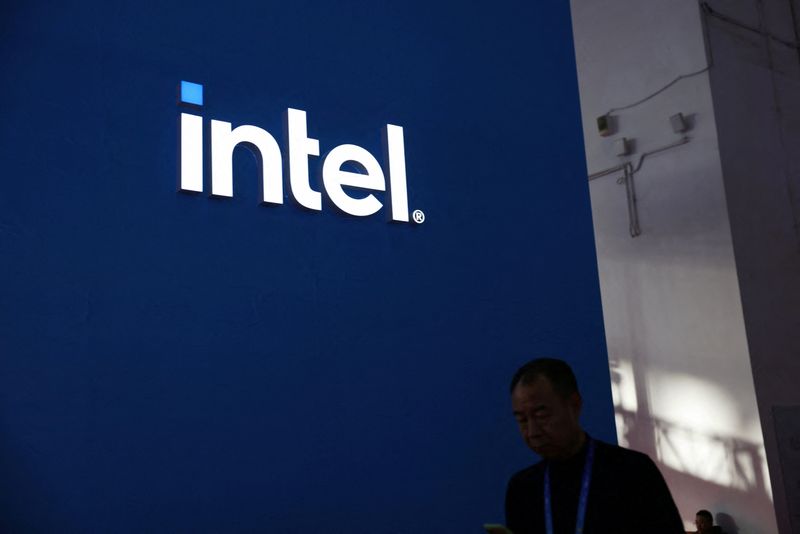Intel disclosed a significant increase in operating losses for its foundry business, reporting $7 billion in operating losses for 2023, up from $5.2 billion the year before. Revenue for the unit was $18.9 billion for 2023, a 31% decrease from the previous year. The company’s shares fell 4.3% following the filing with the SEC. CEO Pat Gelsinger stated that 2024 would be the year of the worst operating losses for the chipmaking business, but the company expects to break even on an operating basis by 2027. Gelsinger highlighted past decisions, such as not using extreme ultraviolet machines from ASML, as contributing to the foundry business’s challenges.
Gelsinger acknowledged that Intel’s foundry business had faced difficulties due to previous decisions, such as not adopting extreme ultraviolet (EUV) machines from ASML. The company has now shifted to using EUV machines, which are more expensive but offer significant performance improvements. Gelsinger stated that Intel is now competitive in terms of price, performance, and technical leadership in the post-EUV era. The company plans to invest $100 billion in building or expanding chip factories in four U.S. states to support its business turnaround. Intel aims to attract external companies to use its manufacturing services as part of its strategy to improve performance.
As part of its efforts to revitalize its chip manufacturing business, Intel announced that it would begin reporting the results of its manufacturing operations as a separate unit. The company has been investing heavily to catch up with its primary competitor, Taiwan Semiconductor Manufacturing Co. (TSMC). Intel’s turnaround plan hinges on convincing outside companies to utilize its manufacturing services. The company’s shift to using EUV machines and its plans for significant investments in chip factories in the U.S. underscore its commitment to regain competitiveness in the industry.
Intel’s decision to transition to using EUV machines represents a significant step towards enhancing its manufacturing capabilities. Despite facing substantial operating losses for its foundry business, the company is focused on achieving profitability by 2027. CEO Pat Gelsinger’s acknowledgment of past missteps and his emphasis on making strategic changes, such as investing in new chip factories, underscore Intel’s determination to revamp its chipmaking operations. The company’s plan to attract external clients to utilize its manufacturing services further demonstrates its commitment to regaining market competitiveness.
Intel’s shift to using EUV machines is expected to improve its competitiveness in terms of price, performance, and technical leadership in the chipmaking industry. The company’s decision to invest $100 billion in building or expanding chip factories in the U.S. highlights its commitment to enhancing its manufacturing capabilities. By starting to report the results of its manufacturing operations as a separate unit, Intel aims to provide greater transparency and accountability in its chipmaking business. Overall, Intel’s initiatives underscore its determination to regain market leadership and profitability in the semiconductor industry.


